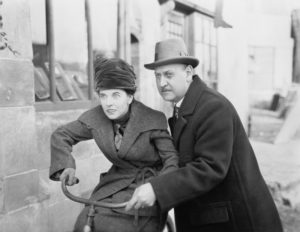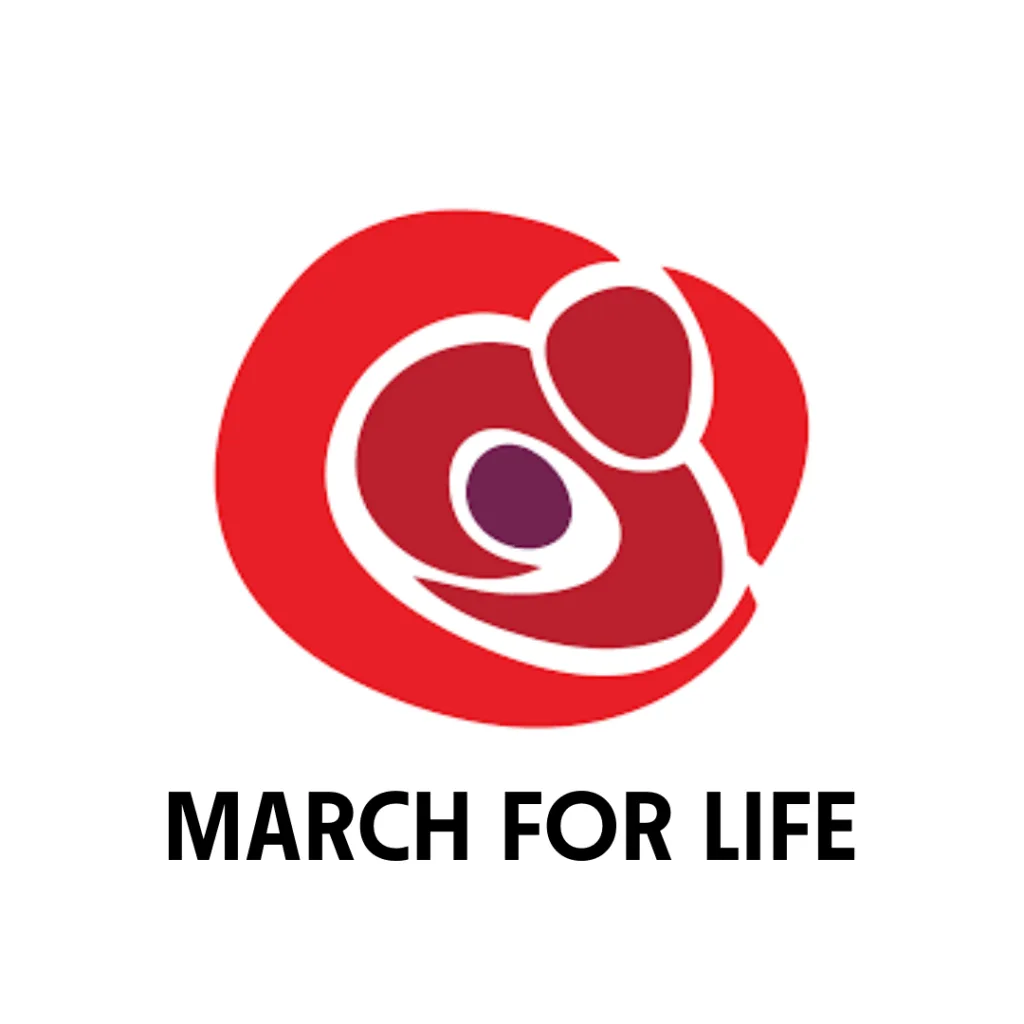The most powerful volcanic eruption in recorded history occurred on April 10, 1815.
After centuries of dormancy, Indonesia’s Mount Tambora erupted with a roar in 1815, belching millions of tons of sulfur into the air. Steam and lesser eruptions occurred for the next six months to three years. The ash and pollution spread across the globe, causing a drop in temperature averaging five degrees. Crops failed around the world. The next year, 1816, was dubbed the Year Without a Summer.
The Year Without a Summer gave us an important new way to travel.
An unforeseen benefit was the development of the bicycle, as feed for horses became too expensive.
This first practical bike was invented by the German baron Karl von Drais in 1817, who patented it in 1818. The so-called Draisine was made of wood, brass, and iron. It had no pedals and was powered by foot, making it hard to steer and control. Due to the resulting accidents, the Draisine was prohibited in some cities.
The concept grew, however, and advances in development and promotion soon propelled the bicycle to new popularity.
Drais’s biographer discovered that the baron’s interest in the bicycle was driven by the necessity to find an alternative mode of transportation following the starvation and death of horses from lack of feed in 1816.

The Doomsday Vault: Preparing for Future Catastrophes
Deep inside a mountain on the remote Arctic island of Spitsbergen, the Svalbard Global Seed Vault safeguards millions of seeds to help feed the nations in the wake of a disaster. Dubbed “Noah’s Ark,” the vault holds over a million seed varieties, with a capacity to store up to 4.5 billion seeds.
The seeds don’t belong to Norway, however. They remain the property of the donor entities and can be withdrawn as necessary. Not just a resource awaiting an apocalypse, the seed vault has been accessed by donors to help restore communities impacted by local catastrophes. The vault in the Norwegian archipelago opened February 26, 2008. The germ of this idea sprouted in 1984 with the storage of seed germplasm in an abandoned coal mine near the city of Longyearbyen, Norway.
By 2004, the concept had blossomed into an international dream of creating a secure facility for the cooperative use by the nations.
The storage of genetically modified seeds at the vault is prohibited by Norwegian law.





















Leave a Reply